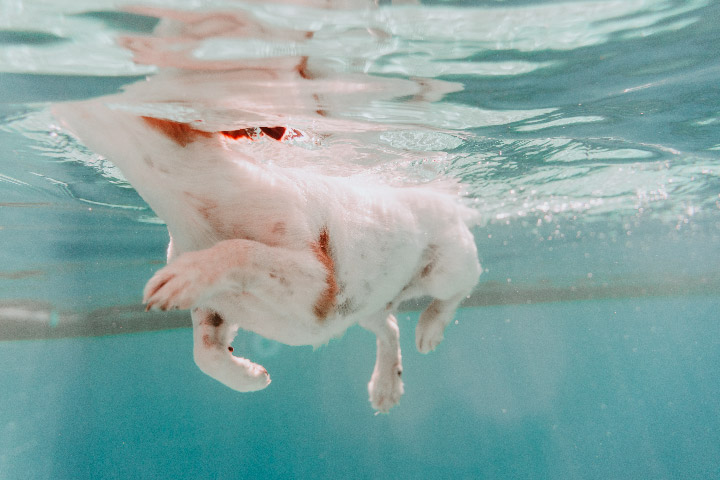
Pets in the Swimming Pool: Safety, Maintenance, and Considerations
Making Your Pool a Safe and Enjoyable Environment for Your Furry Friends
Introduction
Swimming pools can be a great source of fun and exercise for your pets, particularly during the hot summer months. However, before letting your furry friends take a dip, it’s essential to consider safety, maintenance, and the impact of pets on your pool’s water chemistry. In this article, we will discuss how to make your swimming pool a safe and enjoyable environment for your pets while maintaining the health of your pool.
- Safety First: Preparing Your Pool for Pets
Before introducing your pets to the pool, it’s crucial to ensure their safety. Here are some tips for pet-proofing your swimming pool:
- Install a pool fence or safety cover to prevent unsupervised access to the pool area.
- Provide a pet-safe pool ramp or steps to make it easier for your pet to enter and exit the pool safely.
- Keep the pool area free from debris and hazardous materials that could harm your pet.
- Ensure your pet can swim and is comfortable in the water before allowing them to use the pool. Some dog breeds are not natural swimmers and may require a pet life vest.
- Pool Maintenance: Managing the Impact of Pets on Water Chemistry
Pets can introduce contaminants such as fur, dirt, and body oils into the pool, which can affect water chemistry and clarity. To maintain a clean and safe pool environment, follow these maintenance tips:
- Brush and vacuum the pool regularly to remove pet hair and debris.
- Adjust your pool’s filtration system to run for longer periods to manage the additional contaminants.
- Test your pool water frequently and adjust chemical levels as needed. Pets can cause a higher demand for chlorine, so you may need to increase your sanitizer levels.
- Use a pool skimmer to remove floating hair and debris before it enters the filtration system.
- Health Considerations: Protecting Your Pets in the Pool
Swimming can be a great form of exercise for your pets, but it’s essential to protect their health and well-being while in the pool. Keep these health considerations in mind:
- Limit your pet’s swim time to avoid overexertion or fatigue.
- Rinse your pet with fresh water after swimming to remove pool chemicals from their fur and skin. This helps prevent skin irritation and ingestion of chemicals during grooming.
- Monitor your pet for signs of illness or infection after swimming, such as ear infections or skin irritations. Consult your veterinarian if you notice any issues.
- Sharing the Pool: Balancing Pet and Human Use
While your pets may love the pool, it’s important to balance their use of the pool with that of your human swimmers. Consider setting aside specific swim times for your pets, and be prepared to perform additional maintenance and water testing to ensure a clean and safe pool environment for everyone.
Conclusion
Allowing your pets to enjoy your swimming pool can be a fun and rewarding experience for both you and your furry friends. By prioritizing safety, maintaining your pool, and considering the health and well-being of your pets, you can create a safe and enjoyable environment for everyone to enjoy.




